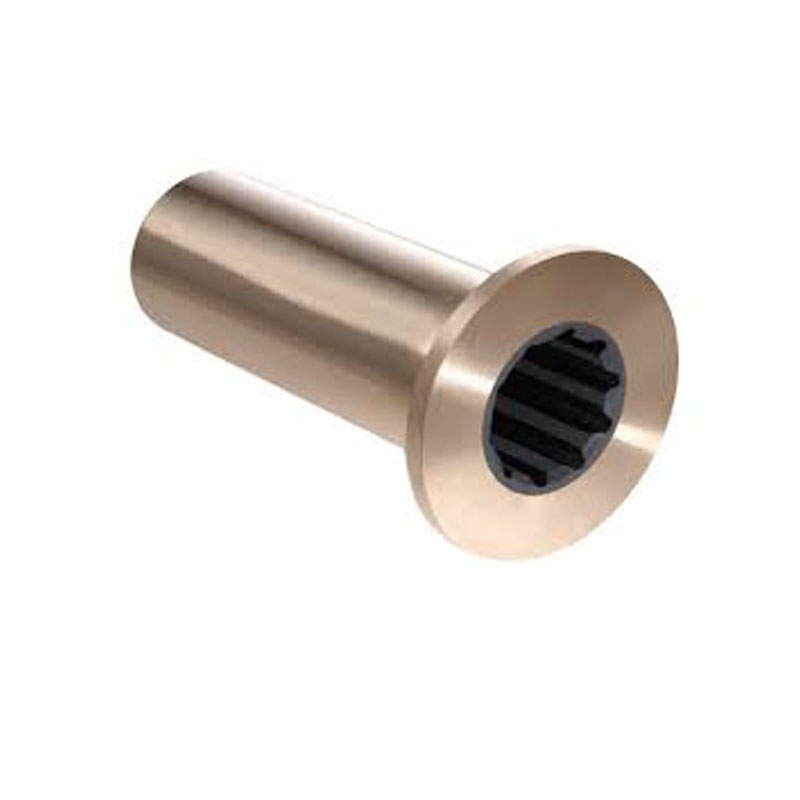axle tube seal
Understanding Axle Tube Seal Essential for Vehicle Performance
The axle tube seal is a critical component in a vehicle's drivetrain, specifically within its axle assembly. It serves an important role in maintaining the integrity of the axle housing while preventing the leakage of lubricants. This article delves into the function, significance, and maintenance considerations of axle tube seals.
Role of Axle Tube Seals
The primary function of an axle tube seal is to create a barrier between the axle tube and the differential or axle housing. By doing so, it effectively seals the space where the axle shafts exit the tube, ensuring that differential fluid or gear oil remains contained within the axle housing. This is vital for the proper lubrication of the gears and bearings inside, which in turn, keeps the entire drivetrain functioning smoothly.
Proper lubrication is essential for various reasons, including reducing friction and wear, dissipating heat, and preventing corrosion. Any leak in this area could lead to a significant loss of lubricant, resulting in inadequate lubrication, overheating, and ultimately, severe damage to the axle and differential components.
Importance of Maintaining Axle Tube Seals
Failing to maintain or replace worn axle tube seals can lead to numerous issues within the vehicle. As the seal ages, it may become brittle or lose its elasticity, leading to cracks or breaks. This degradation often results in lubricant leaks, which can jeopardize the performance and longevity of the axle assembly.
Leaks can manifest as a visible puddle of fluid beneath the vehicle or, in some cases, may not be immediately noticeable until signs of oil starvation appear, such as whirring noises from the differential or difficulty in turning the wheels. Drivers may also notice unusual vibrations or handling issues, indicating that the differential may be suffering from internal damage due to inadequate lubrication.
Signs of a Failing Axle Tube Seal
Recognizing the symptoms of a failing axle tube seal is crucial for preventing further damage. Some common indicators include
1. Visible Fluid Leaks A clear sign of a failing seal is the appearance of differential fluid beneath the vehicle. This oil may be reddish or brownish in color and often has a distinct smell.
axle tube seal

2. Unusual Noises Grinding or whining sounds when the vehicle is operating may suggest that the gears or bearings are not receiving adequate lubrication.
3. Vibration in the Drive Train If your vehicle experiences unusual vibrations while driving, it may indicate that the axle components are damaged due to low fluid levels.
4. Difficulty in Handling Reduced responsiveness in steering or issues with traction can signal underlying problems within the axle assembly.
Protection and Maintenance
To protect the axle tube seal and ensure its longevity, regular maintenance is essential. Here are a few best practices
- Routine Inspections Regularly check for leaks and inspect the condition of the axle tube seals during oil changes or mechanical services.
- Fluid Checks Maintaining proper fluid levels in the differential is essential. If you notice a significant drop in fluid, it may indicate a leak that needs addressing.
- Prompt Repairs If any signs of a failing axle tube seal are detected, it’s imperative to have the seal replaced as quickly as possible to prevent further damage and costly repairs.
Conclusion
The axle tube seal may seem like a small component in a vehicle's complex machinery, but its importance cannot be overstated. Regular inspection and maintenance of this crucial seal not only ensure optimal vehicle performance but also safeguard against extensive mechanical issues. By understanding its function and recognizing the signs of wear or failure, vehicle owners can take proactive measures to maintain their vehicles' reliability and safety on the road.
-
Understanding the Front Main Engine Seal: Purpose, Maintenance, and Installation
News Jul.29,2025
-
Understanding O-Rings and Seal Rings: Types, Applications, and Custom Solutions
News Jul.29,2025
-
Understanding Crankshaft Oil Seals: Rear Seals, Pulley Seals, and Their Role in Engine Integrity
News Jul.29,2025
-
The Importance of Front and Rear Crankshaft Seals in Engine Performance and Oil Management
News Jul.29,2025
-
Crank Oil Seals: Functions, Types, and Cost Considerations in Engine Maintenance
News Jul.29,2025
-
A Comprehensive Guide to O-Rings and Seals: Types, Materials, and Global Applications
News Jul.29,2025
-
Mastering Diesel and Performance Engine Maintenance: A Guide to Critical Oil Gaskets
News Jul.28,2025
Products categories















